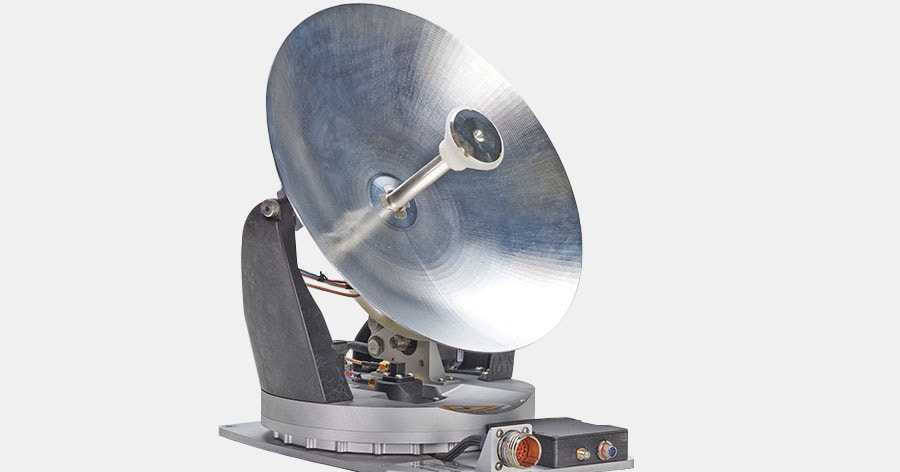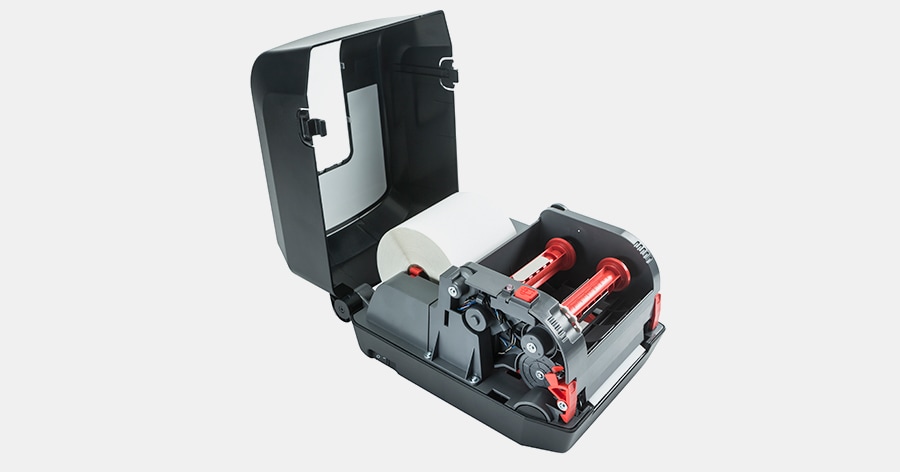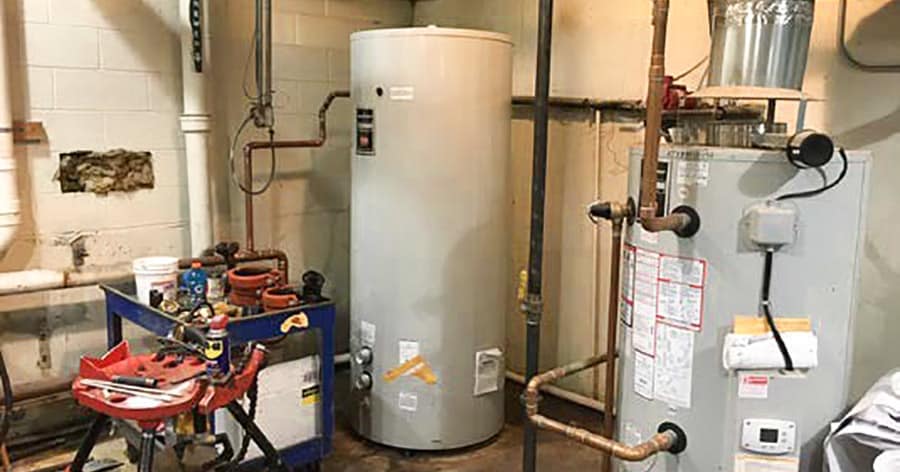-
 Global
Global-
Africa
-
Asia Pacific
-
Europe
-
Latin America
-
Middle East
-
North America
- |
- BUSINESSES
- |
- Contact
- |
-
 Global
Global-
Africa
-
Asia Pacific
-
Europe
-
Latin America
-
Middle East
-
North America
- |
- BUSINESSES
- |
- Contact
- |
You are browsing the product catalog for
- News
- 5 Ways Engineers Use Pi
5 Ways Engineers Use Pi
It’s not just for math class -- on π Day we’re exploring why 3.14… matters
Engineers use pi every day.
The mathematical constant (3.1415926….) is the ratio of a circle’s circumference to its diameter. It’s key in a range of calculations, especially those related to round things.
Here’s how professionals use pi in the real world:
1. To talk to satellites
Getting wi-fi to work on airplanes? That takes pi. Our JetWave satellite communications system enables seamless connectivity for aircraft.
The hardware on the plane includes an antenna (pictured above) that must point toward the selected satellite that it wants to communicate with, said Allyce Macon, a senior advanced embedded engineer. “No matter the location of the plane, or the attitude of the plane.” (No, that’s not a typo of “altitude.” Attitude is how the plane is tilted in space.)
The antenna is like a satellite dish on your house, Allyce said. For example, you only have to point the one on your house once and it works all of the time.
To point toward the satellite in the sky, we must use trigonometry, Allyce said. “We need pi for that!”
Summary: Pi helps us figure out how to point an antenna toward a satellite under any circumstance.
2. To drive electric motors
Pi has a big role to play in actuation. Actuators control the flaps that move on aircraft wings and tails or the parts that open and close valves on jet engines.
Controllers send signals to electric motors, telling them how fast they need to spin to make the actuators move, said Terry Ahrendt, a systems engineer.
That requires the controller to put out a frequency in sync with the motor speed.
The equation: Omega = 2π times frequency (Hz.)
To get the speed (RPM) that answer is divided by 2 π along with other factors.
You’ve likely already heard of RPM or Revolutions Per Minute. There’s a device on the dashboard of your car that measures this for how quickly your tires are spinning called a tachometer.
Note: Each 2 π cancels each other out, but each step is essential if you need a part of the equation. This is useful, for instance, in calculating the power required to move the actuator.
Summary: Pi helps a controller drive a motor to move an actuator.
3. To size up vessels at refineries
Pi is used to calculate the volume of cylinders.
In case you’ve forgotten since math class, that formula is Volume = Pi multiplied by the radius squared multiplied by height. ( V = πr2h.)
One example of a large cylinder would be vessels that are used in catalyst manufacturing sites as well as refineries, said Elvan Sari, lead process engineer.
That business provides technology for petroleum refining, gas processing, petrochemical producing and manufacturing.
Refineries also use metal vessels to make fuel, said Willie Coetzee, a service manager.
The chemicals in those vessels must have optimal flow to complete chemical reactions in that process. Pi helps us guarantee that is the case.
Summary: Pi helps us calculate the size of giant cylinders used form refinery equipment to rolls of paper for printers.
4. To measure a roll of paper
On a smaller scale, the paper capacity of barcode printers affects the size of paper rolls used.
These printers, used in hospitals, warehouses, power plants, and more, use a wide variety of printable materials, such as paper and polyester, each requiring a different roll length.
If we make the rolls too large, they won’t fit in the printer, said engineer Anders Wallenius.
Pi is used in a formula that finds a material’s maximum roll length for these printers.
Summary: Pi helps determine how large of a roll of paper will fit in a printer.
5. To determine the capacity hot water storage tanks and heaters
Our services group that works on buildings upgrades existing old and inefficient facility equipment in K-12 schools, municipal facilities and colleges.
During those projects, they replace equipment with energy efficient heating, ventilation and air conditioning (HVAC) systems.
Senior engineer Paul Peters explained that the existing tanks need to be replaced with new tanks that have the correct amount of storage required to serve the building occupants.
Summary: Pi is used to determine the volume of the new tanks.
Copyright © 2024 Honeywell International Inc.









